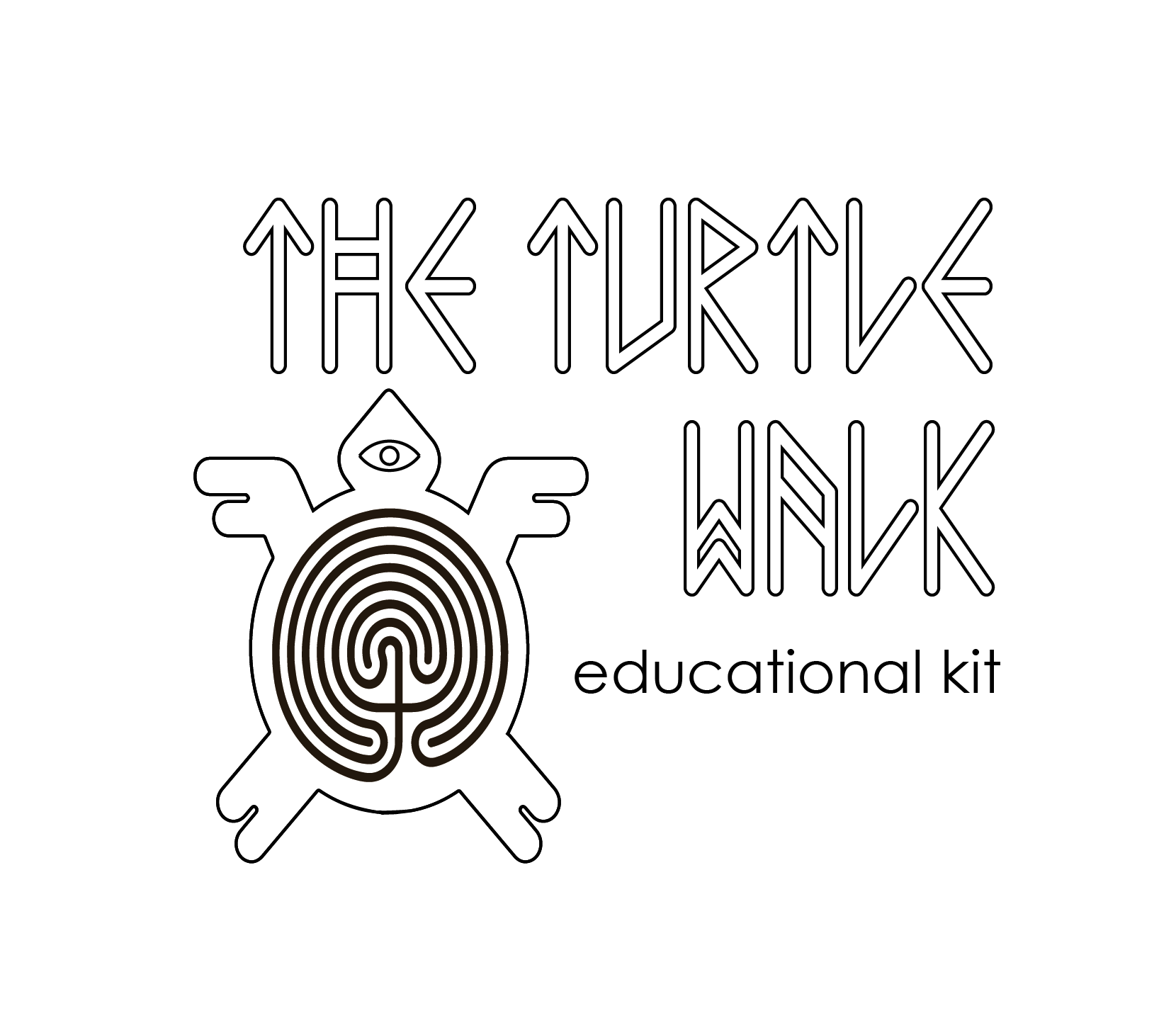The “Turtle Walk” is an autonomous, self-directed educational programme with a portable toolkit, also known as the “turtle” exploration kit. The programme’s aim is the “construction” of a condition which allows participants to develop a personal relationship with an “unknown” (to them) work of art. This relationship is constructed in stages while wondering through the Sculpture Garden of Minos Beach art hotel, following an autonomous route, a “mental” labyrinth.
The programme aims to introduce young students to ten sculptural installations on permanent display at the Sculpture Garden of Minos Beach art hotel through a holistic “self-discovery” approach that unfolds in 7 stages or paths. For each of the ten works that have been selected, students follow a predetermined path without knowing their destination or the artwork they will encounter.
Before the exploration through the garden begins, students listen to a dramatized recitation of a poem by Borges*, which has been pre-associated with the unknown artwork. The goal is to find the “word of the turtle” in the text, meaning the beginning of the thread. The turtle’s journey unfolds, leading them to ultimately encountering the sculpture at the centre of the labyrinth.
In collaboration with



